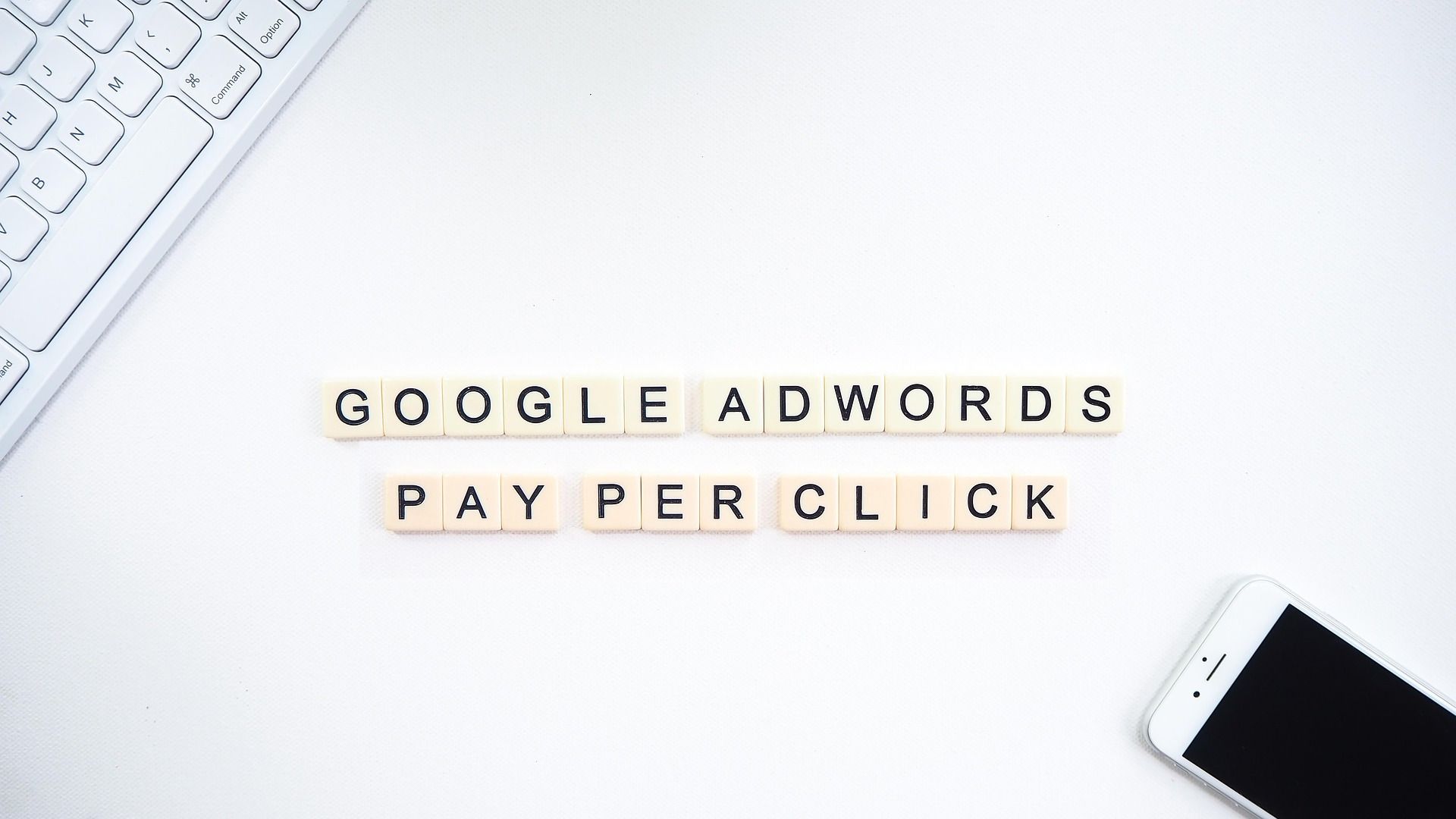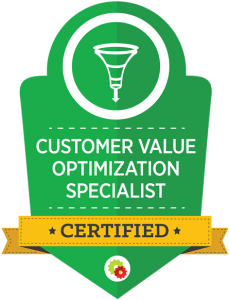Google Ads - Demystified
Google Ads Demystified: What Every SME Should Know

Google Ads might seem a bit intimidating, but we're here to simplify it. Whether you're starting out or fine-tuning campaigns, understanding Google Ads can unlock new opportunities for your business. Ready to decode the magic of Google Ads? Let's get started!
Topics we will be covering:
- Why Google?
- What is Google Search Network?
- What is Google Display Network?
- Search vs Display Networks.
- Which one to choose?
- Keyword Search Optimisation
- Ad Ranking and Quality Scores
- Auctions and Bidding
- Ad Structure
- Campaigns
Why Google?
Let's start with the elephant in the room. Why the obsession with Google? Why not Bing or Yahoo or DuckDuckGo (YES.... it is a search engine in case you haven't heard of it...) Okay then.... let's look at the stats.
| Browser | % used by users |
|---|---|
| 90.83% | |
| Bing | 3.96% |
| The rest | 5.21% |
WOW - So of those of us who use a search engine to find stuff online, 90% of us use Google. In second place is Bing.... then the rest fade away into the remaining 5 or so percent. One thing's for sure, Google is a big player out there. It makes sense that if you are going to do any search engine target advertising, then Google most likely should be considered.
What about mobile devices versus Laptops/PCs?
Did you know 98% of internet users have accessed the internet via mobile devices, and the majority of those searches are conducted through Google? That's incredible.
According to www.sistrix.com the split between mobile originated searches vs laptop/PC overall, break down as shown:
| Origin of Search | Percentage |
|---|---|
| Mobile Searches | 64% |
| Laptop PC Searches | 36% |
According to www.techopedia.com Google dominates the mobile search market, handling about 94.1% of mobile searches globally.
As an aside, at Right Hand Consulting we take great care to build fully responsive websites. You can see with these stats why this is so important. What are responsive websites? Responsive websites are designed to adapt to different screen sizes and devices, providing an optimal viewing experience whether you're on a smartphone, tablet, or desktop. This ensures that content is easily readable and navigation is user-friendly across all devices.
What is Google Search Network?
We've acknowledged that some people don't use Google. But we need to also talk about the Google Search Network.
The Google Search Network includes:
- Google search results pages
- Other Google properties like Maps and Shopping
- Partner search sites that display ads
This means your ads can also appear on platforms like Ask.com and About.com, among others. If you use one of these sites, you may have noticed Ad by google referenced against the advert in an information box or a reference in the URL information on the bottom of the screen when you hover over the link.
While the exact number of websites on the Google Search Network isn't publicly disclosed, it's estimated to include millions of websites. Given that there are over 1.2 billion websites on the internet, and considering Google's extensive reach, it's safe to say that the Google Search Network comprises a significant portion of these. So if you advertise with Google Advertising, your ad could potentially appear on millions of sites.
Every time you carry out a search with Google.com or Ask.com etc, you will see google adverts in the search window called "Sponsored". they may appear in a right hand side panel, or on the top set of search results. And as users, we often click on one of the top two or three search results presented back to us. (Likely sponsored).
Google Display Network
The Google Display Network (GDN) allows advertisers to place ads across a diverse range of websites, blogs, news sites, and even mobile apps. The difference between Search and Display networks? Search ads are placed on the search pages, display ads are placed on individual websites where permitted.
The Google Display Network includes:
- Google-owned sites like YouTube and Gmail
- Partner websites that have agreed to display Google ads
- Mobile apps that show ads through Google
This means your ads can appear on websites and apps that users visit every day. You might have noticed "Ads by Google" at the bottom of some banner ads on various sites or mobile apps. This indicates that those ads are part of the Google Display Network.
As per the search network, the exact number of websites and apps on the Google Display Network isn't publicly disclosed either. But it's safe to say it includes millions of placements. Given the vastness of the internet, the GDN offers an extensive reach. If you advertise with Google Display Network, your ads could appear on a myriad of sites and apps, reaching a broad audience.
Example: Imagine you're browsing a popular news website, looking up a recipe, or playing a mobile game, and you see an ad for running shoes. Even though you weren’t actively searching for running shoes, the ad is there because the advertiser used the Google Display Network. This network allows ads to reach users based on their interests and browsing behavior, increasing the chances of capturing their attention even when they're not using Google Search. If you feel like certain ads are following you around after you've done a search for a pair of shoes, or stopped to read about them? You're right. Adverts are tailored to you.
| Number | First Name | Last Name | Email Address |
|---|---|---|---|
| 1 | Anne | Evans | anne.evans@mail.com |
| 2 | Bill | Fernandez | bill.fernandez@mail.com |
| 3 | Candice | Gates | candice.gates@mail.com |
| 4 | Dave | Hill | dave.hill@mail.com |
Search vs Display Networks
When evaluating the time people spend on search versus display networks, both have unique values. The Google Search Network captures users actively seeking information, making it highly valuable for targeting intent-driven searches. This means users are likely closer to making a decision, which can lead to higher conversion rates.
Contrast this with the Google Display Network, which excels at capturing users' attention during their browsing activities, allowing for brand awareness and remarketing. It leverages users' interests and behaviors to place ads on diverse websites and apps. Thus, while search networks might be more valuable for immediate conversions, display networks shine in creating lasting brand recognition and engaging users who might not be actively searching for your products or services.
I bought Christmas gifts from Tipperary Crystal a year ago, and ever since, their adverts have been popping up, piquing my interest. I occasionally visit their page, and this January, I found some items on sale that I liked and made another purchase. Their adverts targeted me for over a year before I bought from them again. Without those consistent reminders, it's unlikely I would have returned. This prolonged exposure to adverts, even for those where we have never purchased before, help build familiarity and trust with a brand.
Deciding whether to place your advert on the Google Search Network or the Google Display Network depends on your specific marketing goals and the nature of your campaign. Here's a guide to help you make the best choice:
Google Search Network:
- User Intent: The Search Network targets users who are actively searching for specific products or services. If your goal is to capture intent-driven traffic and drive direct conversions, the Search Network is ideal. Users here are already looking for something specific, which means they’re more likely to convert.
- Keywords: This network is most effective if you have a well-researched list of targeted keywords that your potential customers are likely to use.
- Immediate Needs: If you have time-sensitive promotions, events, or urgent needs where users are seeking immediate solutions, the Search Network can deliver quick results.
Google Display Network:
- Brand Awareness: The Display Network is perfect for increasing brand visibility and reaching a broader audience. If your goal is to build brand recognition or retarget previous visitors, the Display Network excels. It helps in keeping your brand top-of-mind.
- Creative Formats: This network offers diverse ad formats like banners, videos, and rich media, which can be more engaging and visually appealing.
- Audience Targeting: You can target users based on demographics, interests, and behaviors. This is useful for reaching users who might not be actively searching but are likely to be interested in your products.
Which One to Choose?
For Direct Conversions: Use the Search Network if you’re looking to drive immediate sales or leads from users actively searching for your offerings.
For Brand Building: Use the Display Network to build brand awareness, engage users with creative ads, and retarget previous visitors to your site.
Combining Both: Often, the best strategy involves using both networks. Start with the Search Network to capture intent-driven traffic and complement it with Display Network campaigns to build brand awareness and retarget users.
Example Scenario: Imagine you’re launching a new product. You can use the Search Network to target users actively searching for similar products and the Display Network to showcase engaging ads that capture users' interest while they browse their favorite websites.
Your choice between the Search and Display Networks should align with your marketing objectives. By understanding the strengths of each network, you can create a balanced strategy that maximizes your reach and impact.
Keyword Search Optimisation
Keyword search optimisation is the foundation of a successful Google Ads campaign. By identifying and targeting the right keywords, you ensure that your ads appear in front of users who are actively searching for what your business offers. Start by researching terms that reflect your products or services and align with your audience’s intent. Tools like Google’s Keyword Planner can help you find high-performing keywords and identify search volume trends. Don’t forget to strike a balance between broad keywords, which reach a wide audience, and long-tail keywords, which often have less competition and better conversion potential. Regularly reviewing and refining your keyword list ensures your campaigns remain relevant and cost-effective. Remember, it’s not about cramming in as many keywords as possible; it’s about choosing the ones that will deliver the most value.
Ad Ranking and Quality Scores
How Ad Rank Works
Google calculates Ad Rank for every ad in an auction using the formula: Ad Rank = CPC Bid × Quality Score.
This means that even if an advertiser bids less, they can achieve a higher Ad Rank if their Quality Score is superior. For example:
- Advertiser A bids €2 with a Quality Score of 3 → Ad Rank = 6.
- Advertiser B bids €1.50 with a Quality Score of 7 → Ad Rank = 10.
In this case, Advertiser B’s ad would appear higher, despite the lower bid, because their ad offers more value to users.
Why Quality Score Matters
Focusing on Quality Score helps you:
- Save Money: High-quality ads can achieve better placements at lower costs.
- Increase Visibility: A better Ad Rank means your ads are more likely to appear in top positions.
- Enhance User Engagement: Relevant ads result in more clicks, improving campaign performance.
Quick Tips for Improving Your Quality Score:
- Write compelling, keyword-rich ad copy that aligns with user intent.
- Use highly targeted keywords that match your audience’s searches.
- Ensure your landing page is fast, mobile-friendly, and directly relevant to your ad.
Bidding and Auctions
When you search for something on Google, you might see ads at the top or on the right side of the results. These ads are chosen through a process called the Google Ads auction. Advertisers bid money to show their ads, but it’s not just about who bids the most. Google also looks at how good and relevant the ad content is. This way, even if an advertiser bids less money, they can still win if their ad is better.
Example: Imagine you’re looking for a new pair of running shoes and type "buy running shoes" into Google. Several companies want their ads to appear when you search this. Company A bids €1 per click, and Company B bids €0.80 per click, but Company B has a higher quality ad that’s more relevant to running shoes. Even though Company A bids more, Company B’s ad might still show up higher because it’s more useful to you. Google cares about the quality of the search results provided to you, the searcher.
Let’s say a presidential election is generating millions of searches this week. If your running shoe ad mentions the election, it may not be as relevant to someone searching for running shoes. Google will look at the overall content quality of your site. To ensure your ads perform well, focus on keeping your content relevant to what people are searching for.
To summarise, each time a user searches for a term or phrase, an auction is initiated. During this process, Google’s algorithms determine which ad will appear in the sponsored slots.
Ad Structure
The structure of your Google Ads is key to delivering a clear message and encouraging clicks. Each ad consists of three main components: headlines, descriptions, and URLs. The headlines are often the first thing users see, so they should be attention-grabbing, concise, and include relevant keywords. The description provides further context, explaining the value your product or service offers, and should also incorporate keywords to improve relevance. Finally, the URL displays the link users will click, which should be clean and indicative of the page content. A compelling call-to-action (CTA) such as "Shop Now" or "Learn More" is crucial for guiding users toward taking the next step. Keep your ads consistent with the tone of your brand and ensure that they address the user’s needs directly, boosting the chances of conversions.
Campaigns
When setting up Google Ads campaigns, it’s essential to align them with your business goals. Campaigns are the overarching framework for managing multiple ad groups focused on specific objectives, whether it’s driving traffic, generating leads, or boosting brand awareness. Google allows you to choose campaign types, such as Search, Display, Shopping, or Video, each tailored to different goals and audiences. Successful campaigns are built on careful planning, starting with well-researched keywords, targeted audience settings, and budget allocations. Tracking performance metrics like click-through rates (CTR), cost-per-click (CPC), and conversions helps you refine campaigns over time. A/B testing your ads and adjusting targeting options can ensure your campaigns remain competitive and efficient. Remember, a well-structured campaign isn’t just about getting clicks—it’s about reaching the right audience and achieving measurable results for your business.
Bringing It All Together: Your Google Ads Journey Starts Here
Google Ads opens up endless possibilities for SMEs to connect with their audience, drive conversions, and build lasting brand recognition. From understanding the networks to mastering bidding strategies and optimizing campaigns, each element plays a vital role in creating impactful advertising. Whether you're targeting intent-driven searches or aiming to spark curiosity with visually engaging display ads, this guide gives you the tools to succeed. Now it's time to put your knowledge into action—start refining your ads, optimizing your campaigns, and harnessing the potential of Google Ads to grow your business.
How can we help?
Navigating the world of digital marketing and online advertising can be overwhelming, but you don’t have to tackle it alone. As a digital marketer based in Ireland, we specialise in helping small businesses build a strong online presence through services like SEO, AI-driven websites and e-commerce platforms, social media management, content creation, PPC campaigns, email marketing, and CRM solutions.
Whether you're looking to refine your Google Ads strategy, improve your website’s performance, or create meaningful connections with your audience, our goal is to simplify the process and provide tailored solutions that make a real impact on your business. Let’s work together to take your digital presence to the next level.
Contact Us












